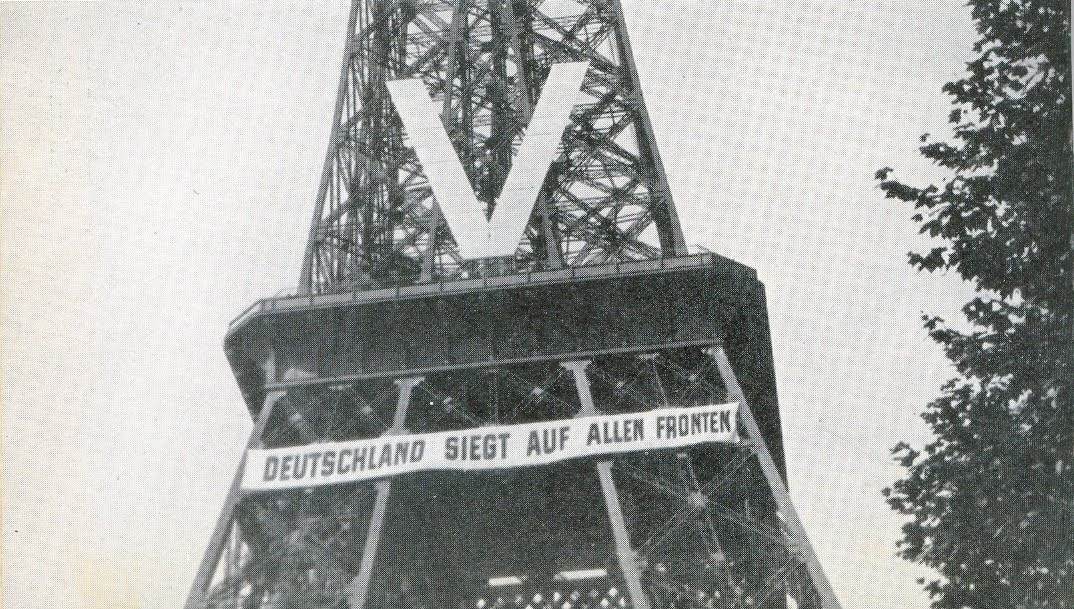I was more talking in Jest than anything.


Posts: 1042

Posts: 133

Posts: 3787
Posts: 3787
Posts: 3787
Posts: 3787
 7
7 Posts: 1664
Column of Soviet IS-2 tanks in a town in eastern Pomerania (northern Poland). 1st Belorussian Front, March 1945.
Posts: 3787
Good lord, Soviet armor sure is intimidating.
 7
7 Posts: 1664
are u being sarcastic ? whats the deal ?
Posts: 3787
I am being sincere. As soon as I looked at the photo I thought "If I were their enemy I would shit my pants right now."
Posts: 3787

Posts: 3552 | Subs: 2
Posts: 3787




Posts: 3552 | Subs: 2
 4
4 Posts: 4301 | Subs: 2


 4
4 Posts: 4301 | Subs: 2

Posts: 3787

Posts: 3787

Posts: 559





Posts: 559






 |
|
|
79 | ||
 |
|
|
13 | ||
 |
|
|
1 | ||
 |
|
|
116 | ||
 |
|
|
80 | ||
 |
|
|
17 | ||
 |
|
|
17 | ||
 |
|
|
10 | ||
 |
|
|
8 | ||
 |
|
|
2 |
 cblanco ★
cblanco ★  보드카 중대
보드카 중대  VonManteuffel
VonManteuffel  Heartless Jäger
Heartless Jäger 